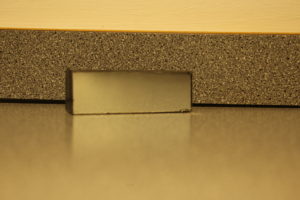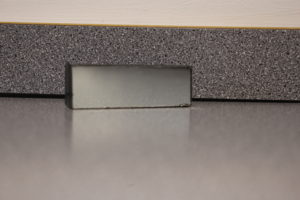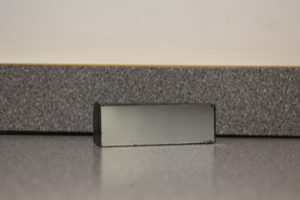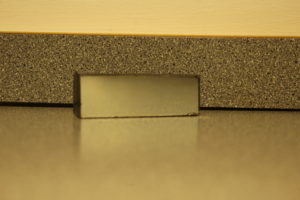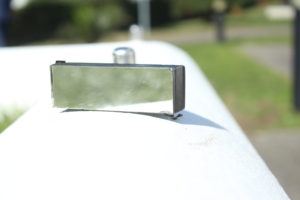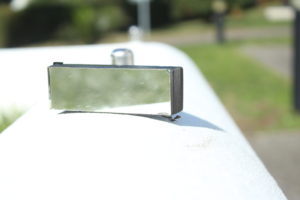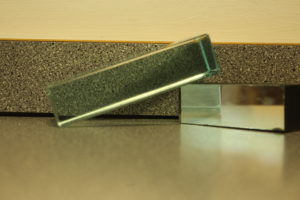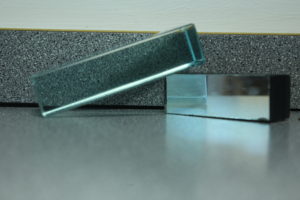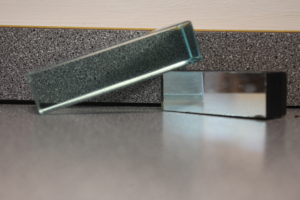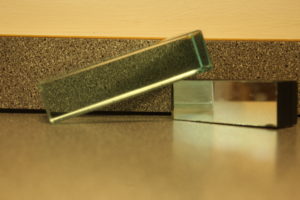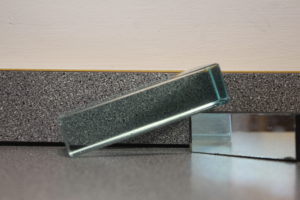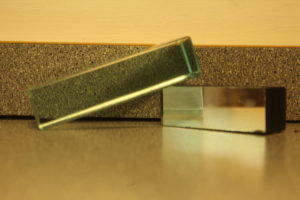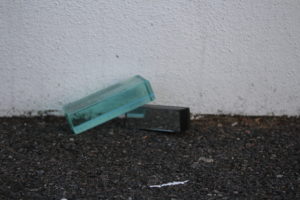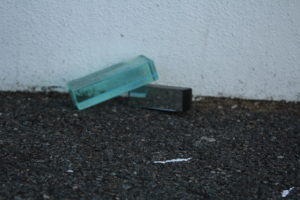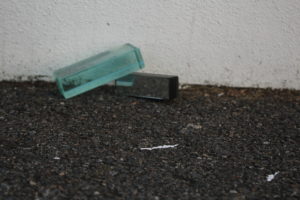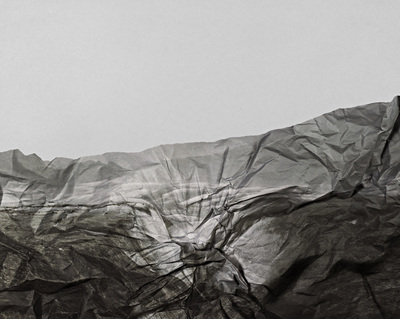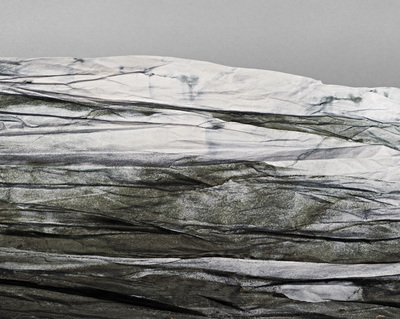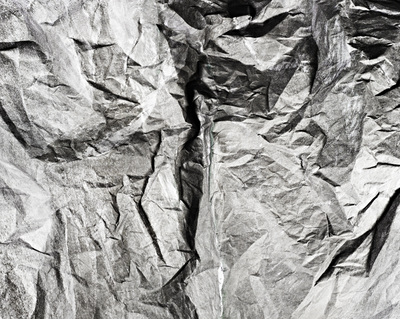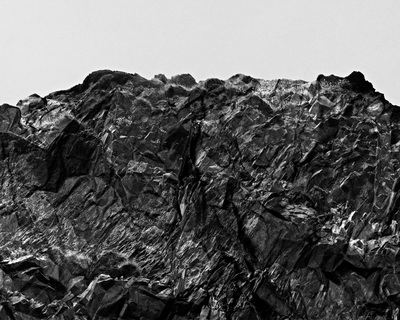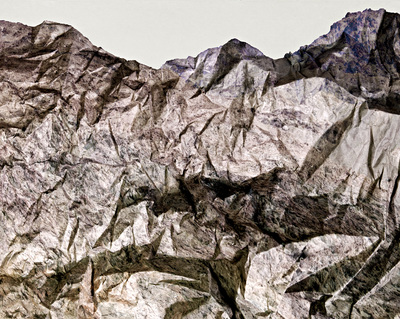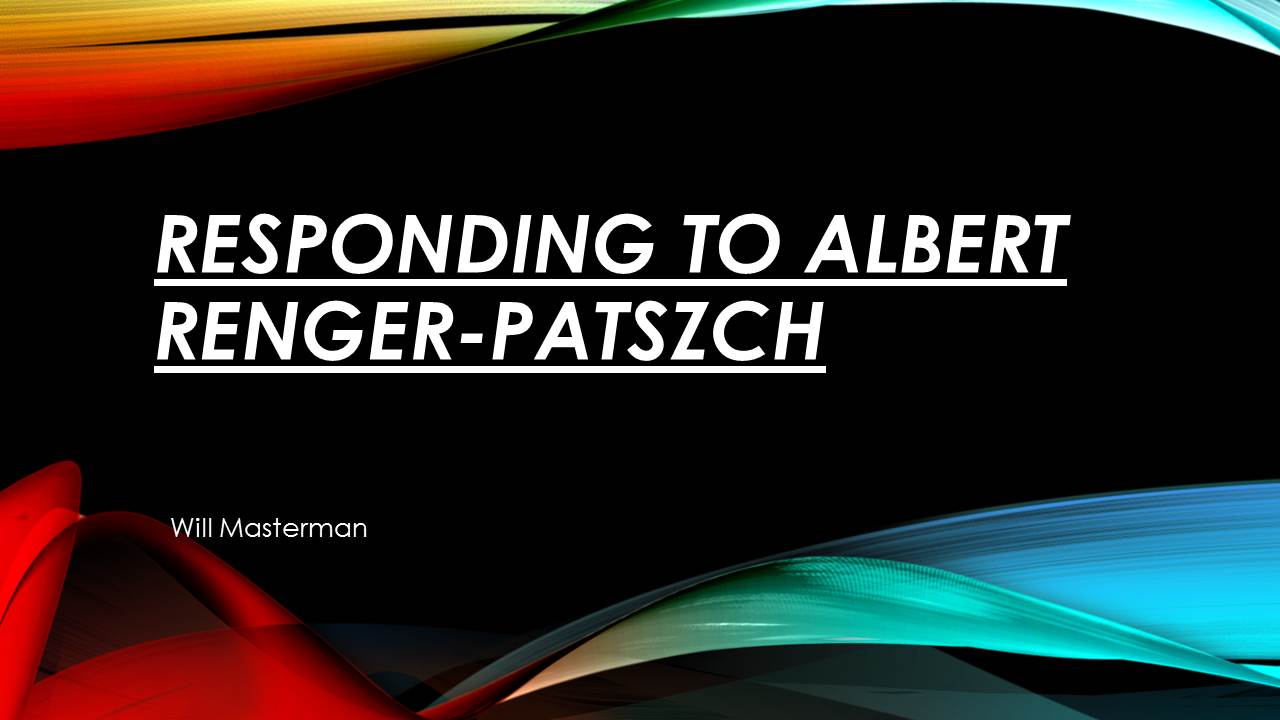
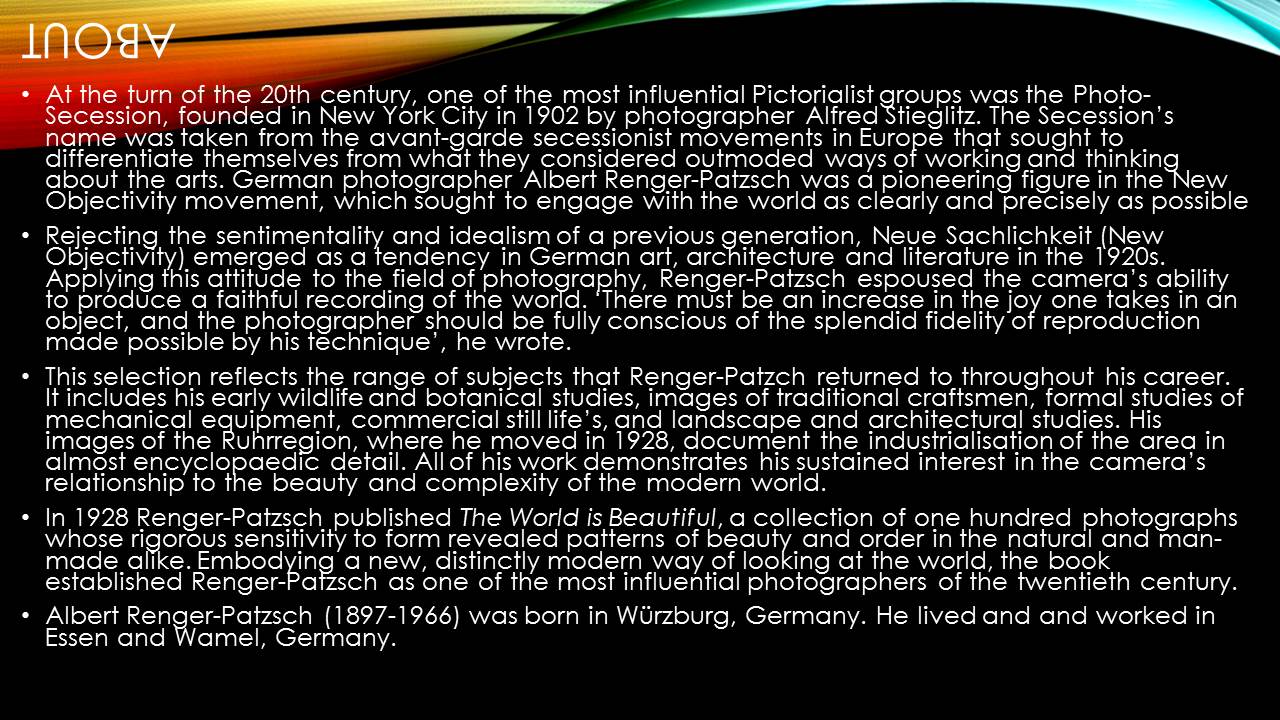
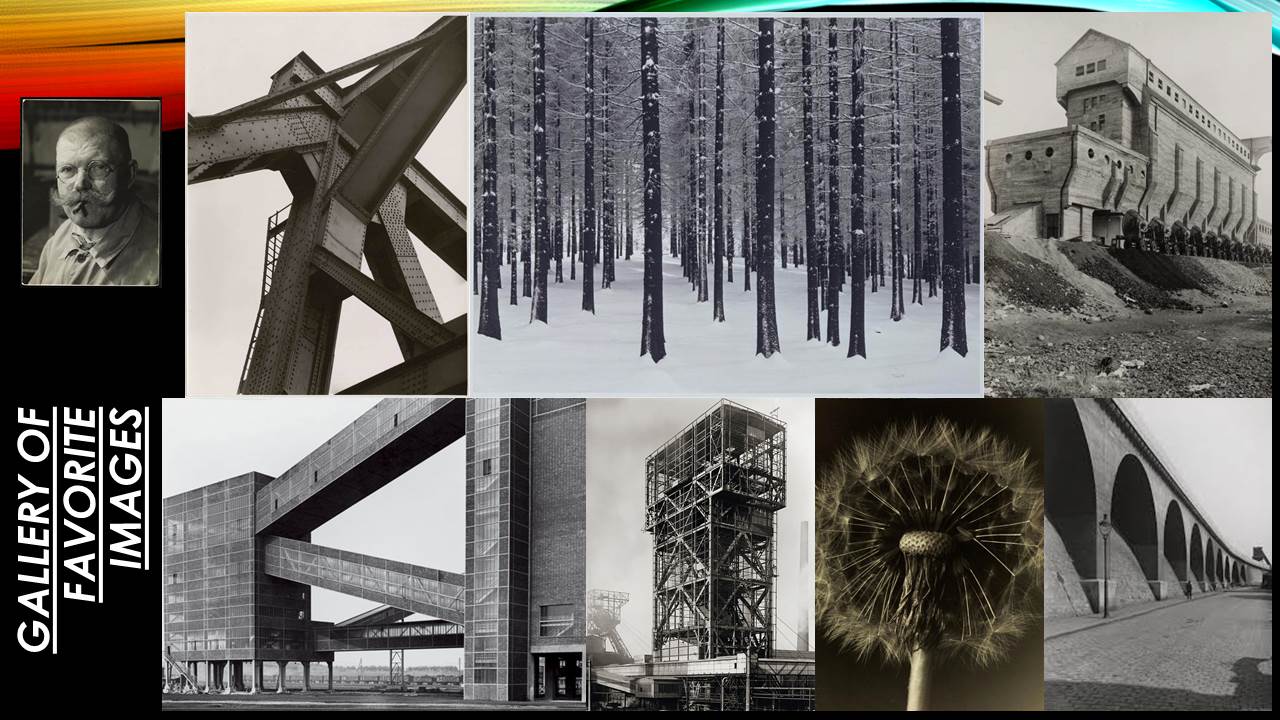
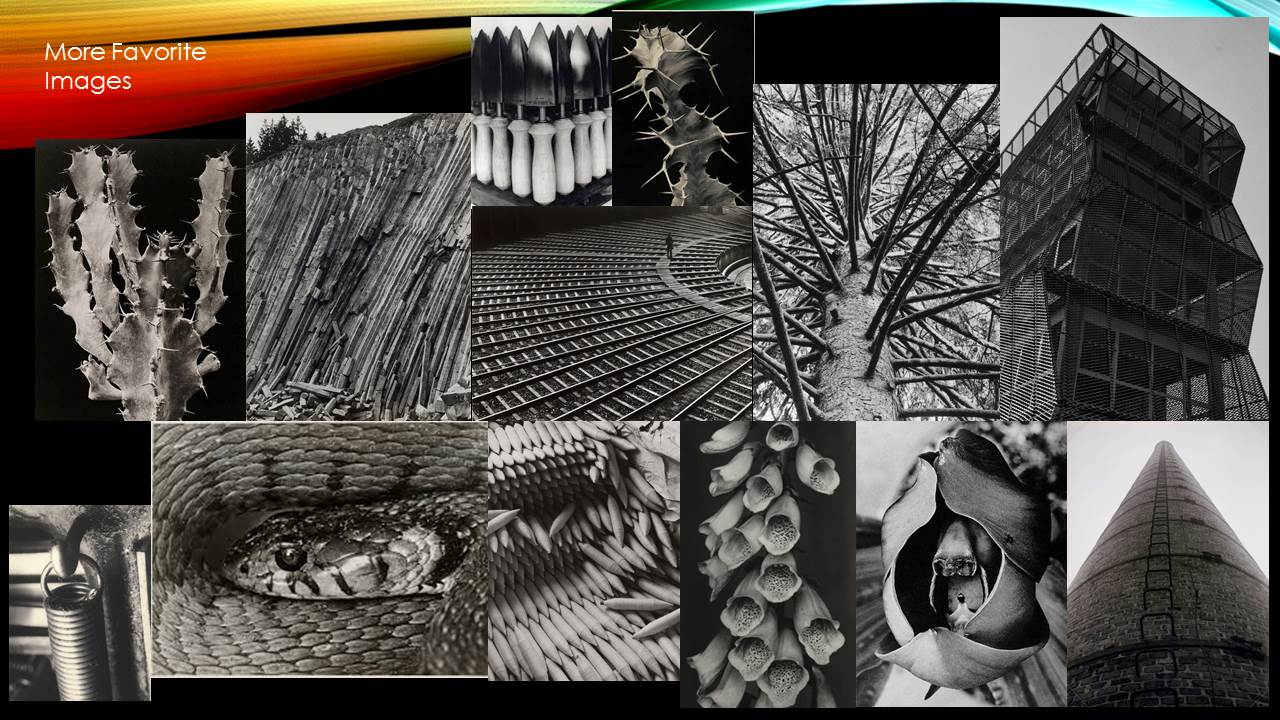
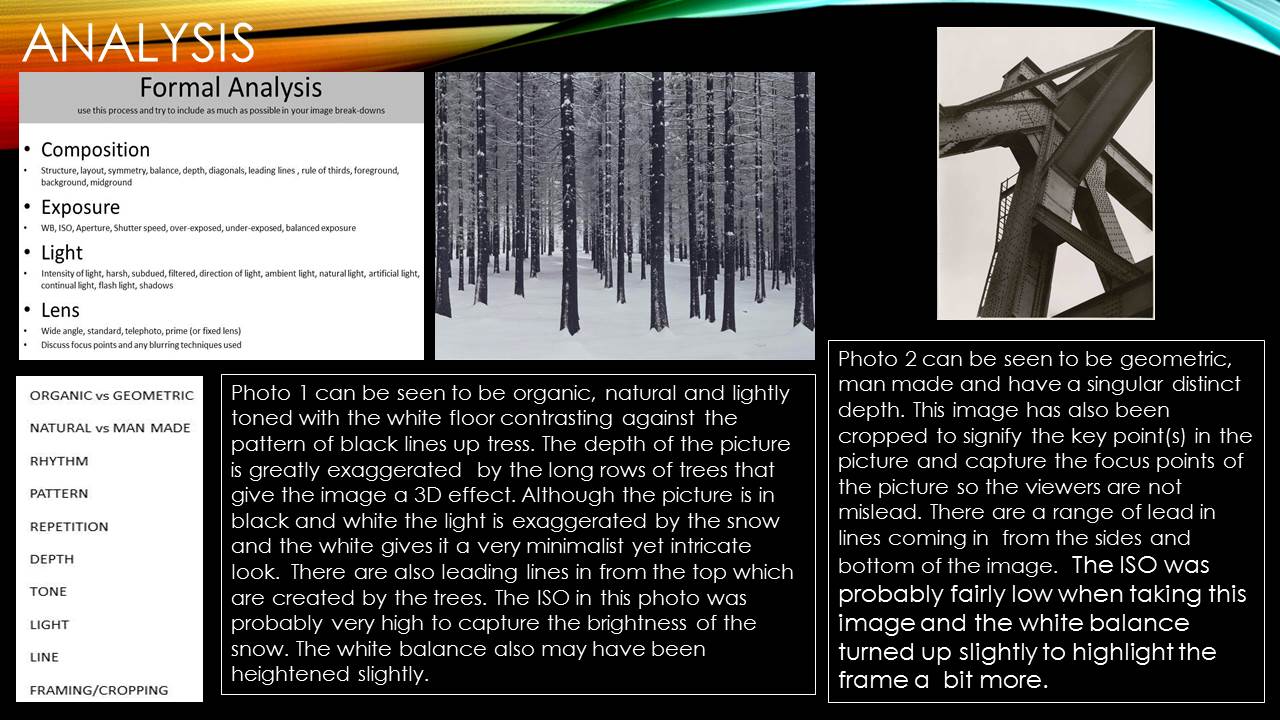
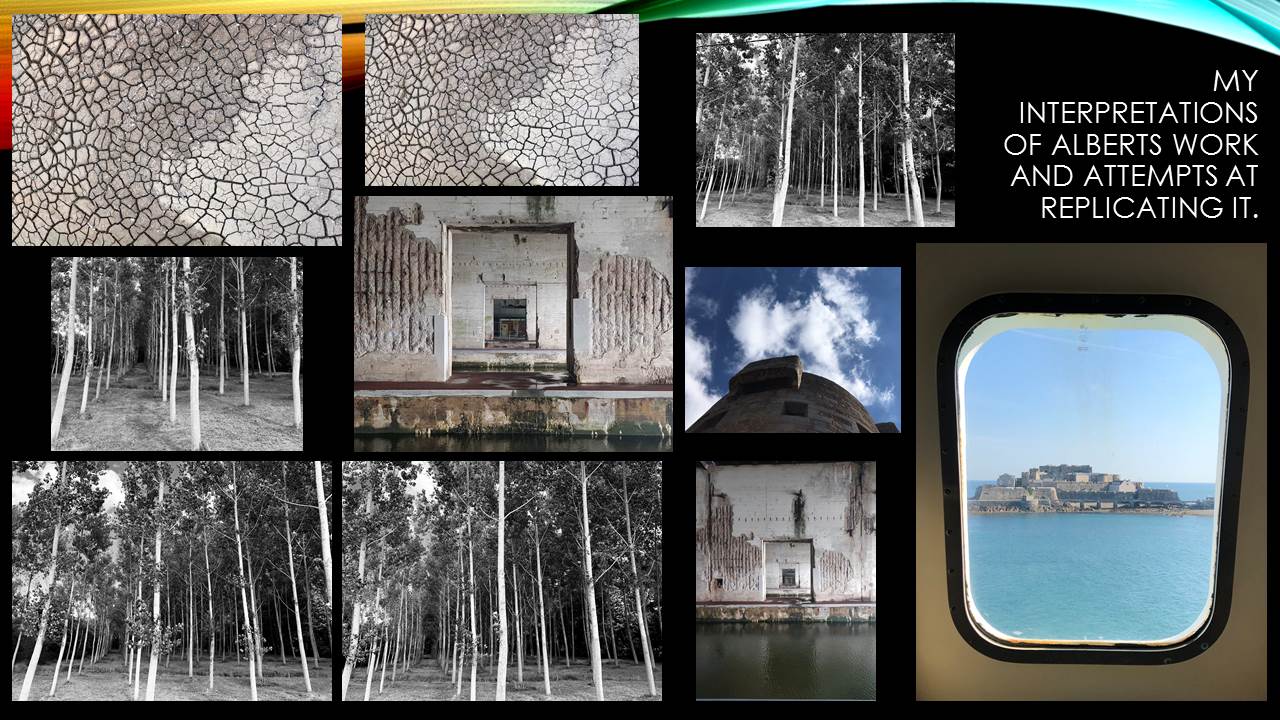
Monthly Archives: September 2018
Filters
Camera Lens Experimentation
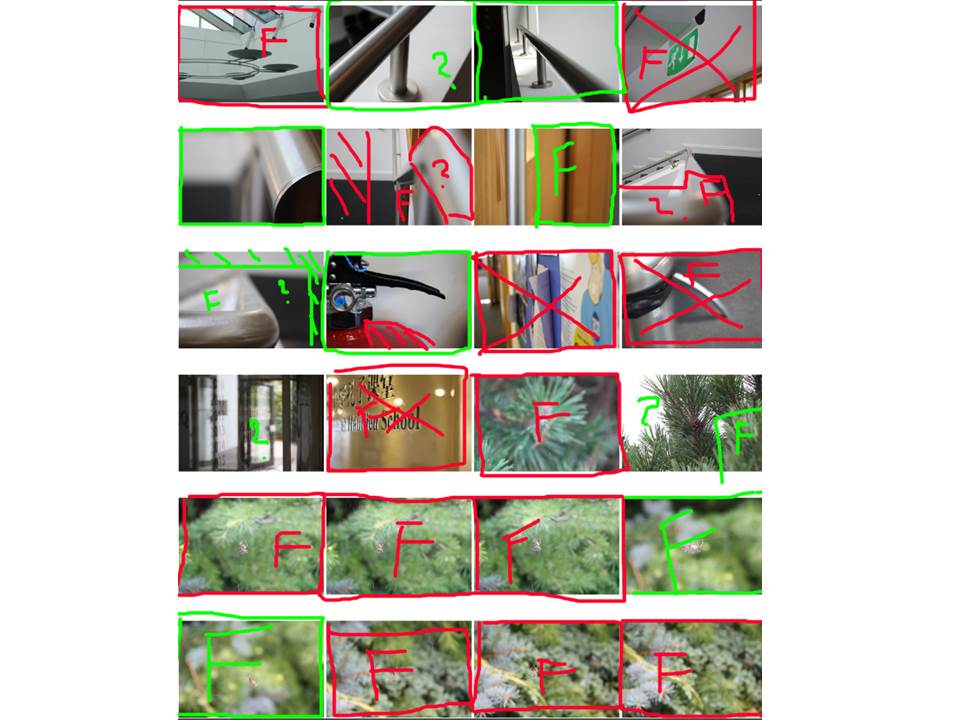
Explanation:
The first contact sheet has photographs taken with a normal focus lens, which allowed me to vary my camera setting between very detailed and not detailed. This allowed me to decide the focus points of the images much more easily, as i could adjust the zoom and focus settings with ease. I therefore produced a wider range of photographs, with a wider range of focus points.
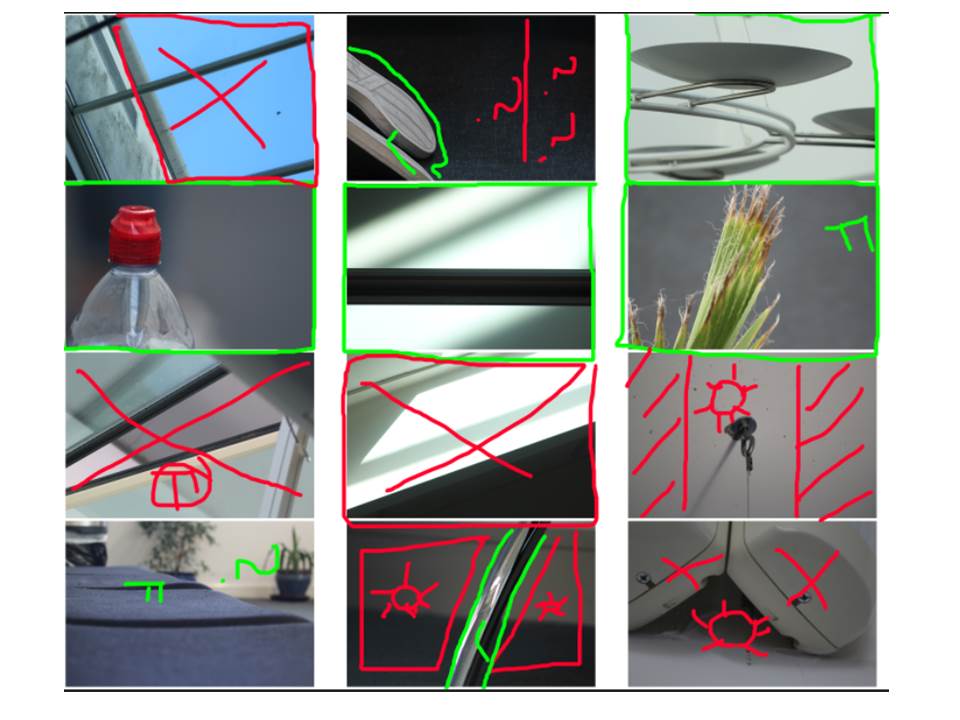
Explanation:
For the second contact sheet, I used the long focus lens. This allowed me to zoom into subjects in the distance, while still maintaining focus on them. This lens was useful for taking abstract photos of the ceiling, and zooming into subjects to make them more abstract.
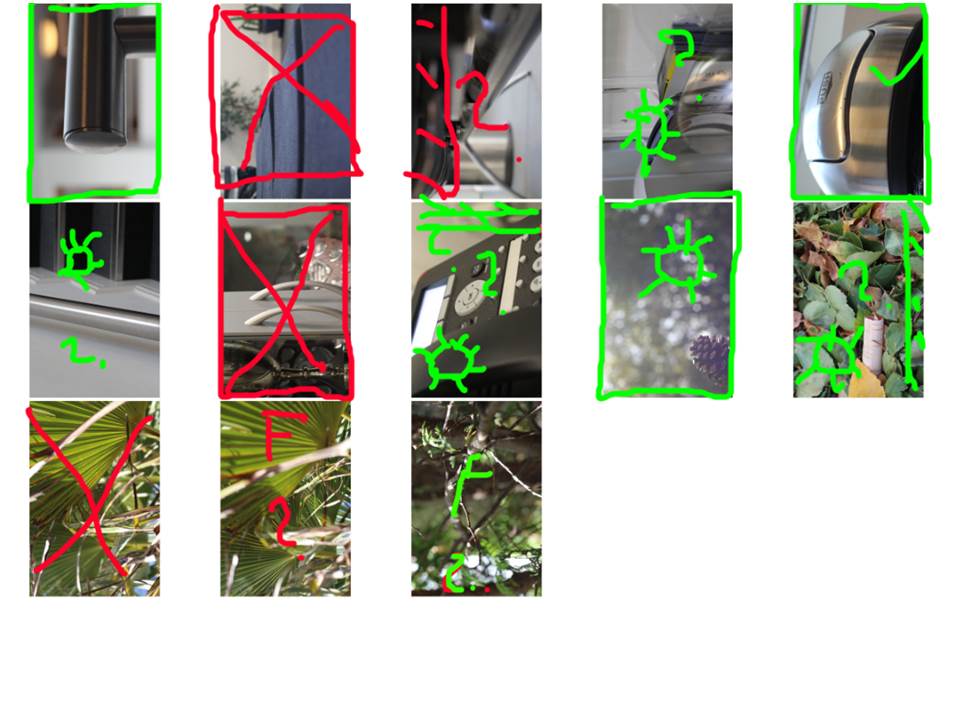 Explanation:
Explanation:
The last contact sheet has photographs taken with a portrait lens, which allowed me to really focus on close up subjects, while blurring out the background to draw the viewers eye directly to the subject. This lens was useful for taking close ups, as I had to physically move the camera closer, which allowed me to maintain a clear focus.
Key:
Red cross: don’t want to use – Red F: Out of focus – Red box – Needs cropping – Red question mark: unsure – Red sun: lighting/shade issue – Red outline of subject: don’t like this subject
Green question mark: unsure how to proceed with improvement – Green sun: change tone/small lighting issue – Green outline: small cropping issue – Green box around photo: Like/want to use
Photograph analysis:

The above photo was taken using a long focus lens. This light fixture was attached to the ceiling, and so in order to zoom in far enough and make sure the fixture was still in focus. I used a long focus lens. As shown, the focus of the camera is on the metal bar holding the light in the middle of the photograph, and it is in focus despite the long zoom.

For the above photo, I used the portrait camera lens. By using this lens, I was able to zoom right into the bin, while maintaining a good focus. This is different from the long focus lens, as it gave me more control over the positioning of the camera, and allowed me to experiment with the lighting more freely, producing the above photo as a result.
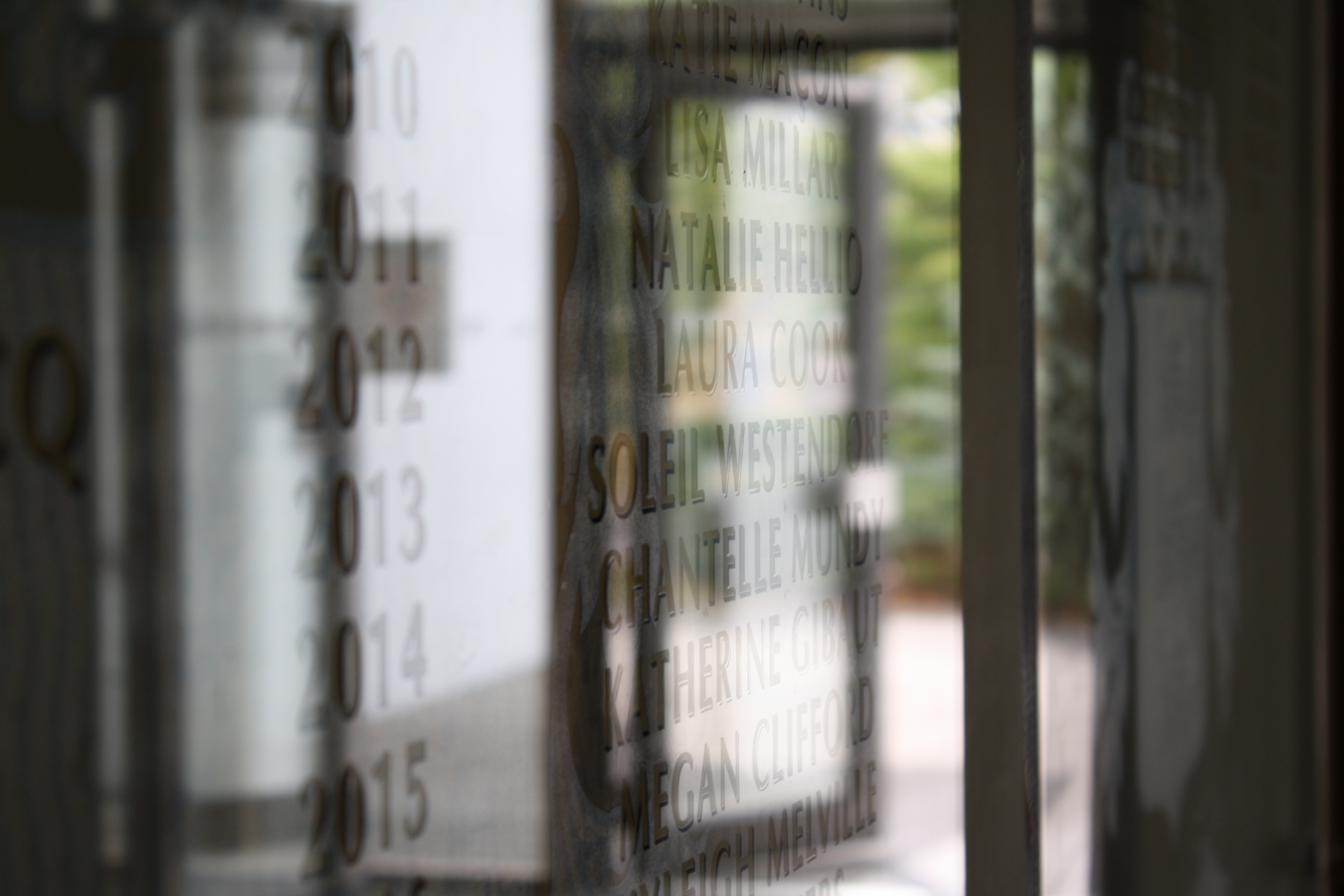 The photograph above was taken with a normal camera lens. I was able to focus more on the writing on the foreground, and have the reflection more out of focus, which allowed me to make an eye catching and slightly confusingly angled image. This effect would not be possible using, for example, a portrait lens, due to the difficulty with altering the focus and zoom manually on that particular lens.
The photograph above was taken with a normal camera lens. I was able to focus more on the writing on the foreground, and have the reflection more out of focus, which allowed me to make an eye catching and slightly confusingly angled image. This effect would not be possible using, for example, a portrait lens, due to the difficulty with altering the focus and zoom manually on that particular lens.
Albert Renger Patzsch- The World Is Beautiful
Albert Renger Patzsch was a German photographer associated with the New Objectivity movement, a photography movement focusing on the detail of the world around us formed in Germany during the aftermath of the First World War.
The new objectivity movement believed that photography was all about capturing the vividness and detail of the world around them and presenting an object in its true form.
Patzsch worked as a press photographer for the Chicago Tribune before becoming a freelance photographer in 1923. In 1925, he published his first book, The Choir Stalls Of Cappenbourg and in 1927 he had his first museum exhibition.
Patzsch chose to focus upon both man made and natural structures and creations, from skyscrapers to animals while focusing on the reality and vividness of his pictures.
Patzsch focused a lot on the lighting and shadows of his subjects as well as the contrast and white balance.
Photo Analysis

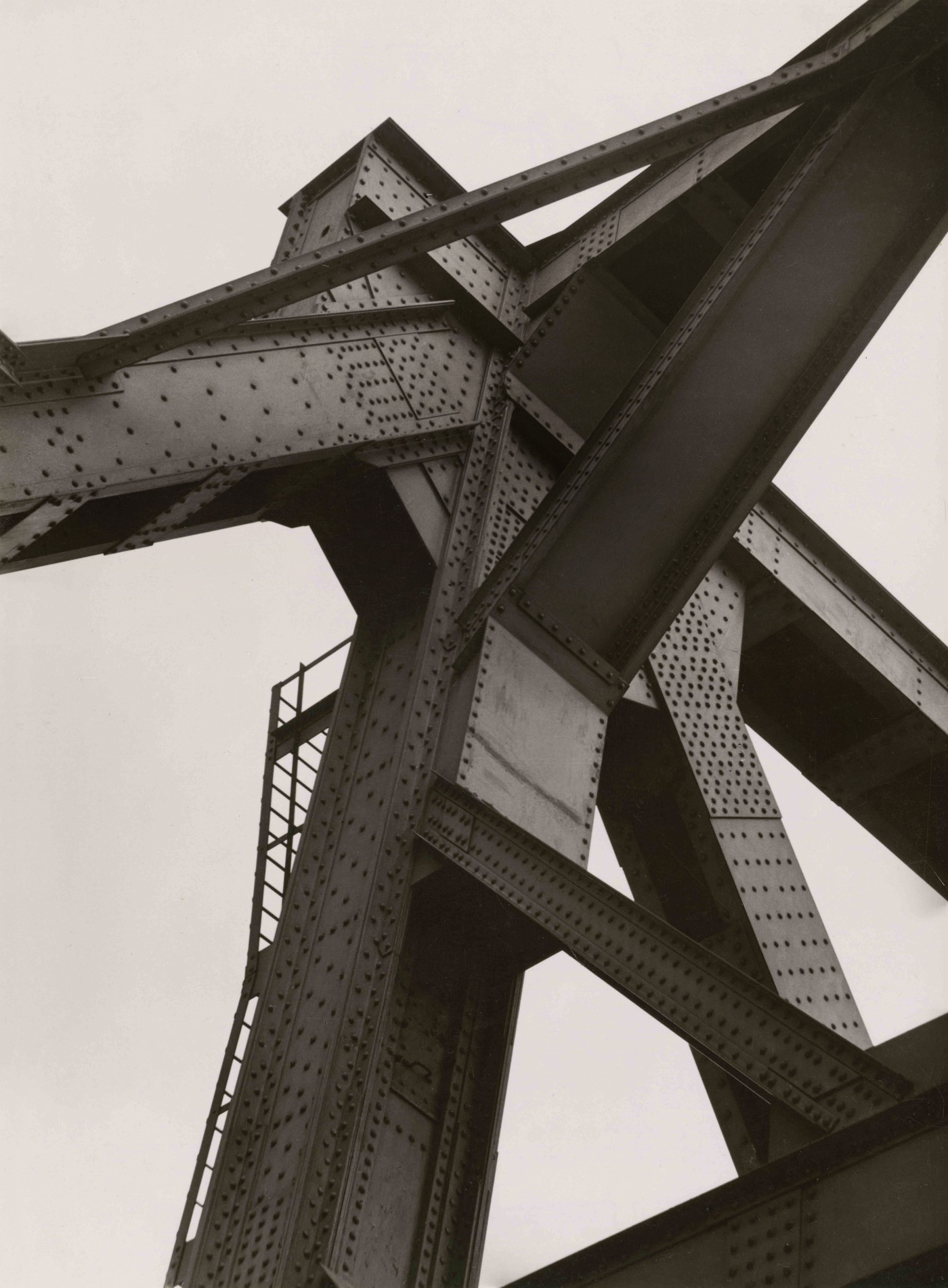



FAVOURITE PHOTO
This image depicts a dead cow in a bleak wasteland,possibly an old battlefield. The cow is up a tree, potentially the result of a bomb blast The image is well structured due to the minimal background and the very un-ordinary image of a cow up a tree and the messages it can convey about life and death. The Photo has been taken in daylight against a clear sky and the photographer has angled himself in order to pick up on the shadow and the hills in the background.

My Response to Patzschs work
I decided to focus on the title of his book, Nature is Beautiful for my idea development and I chose to use the sea as my main subject due to the power of it as well as the natural beauty it posesses. Here are my best images from my most recent shoot





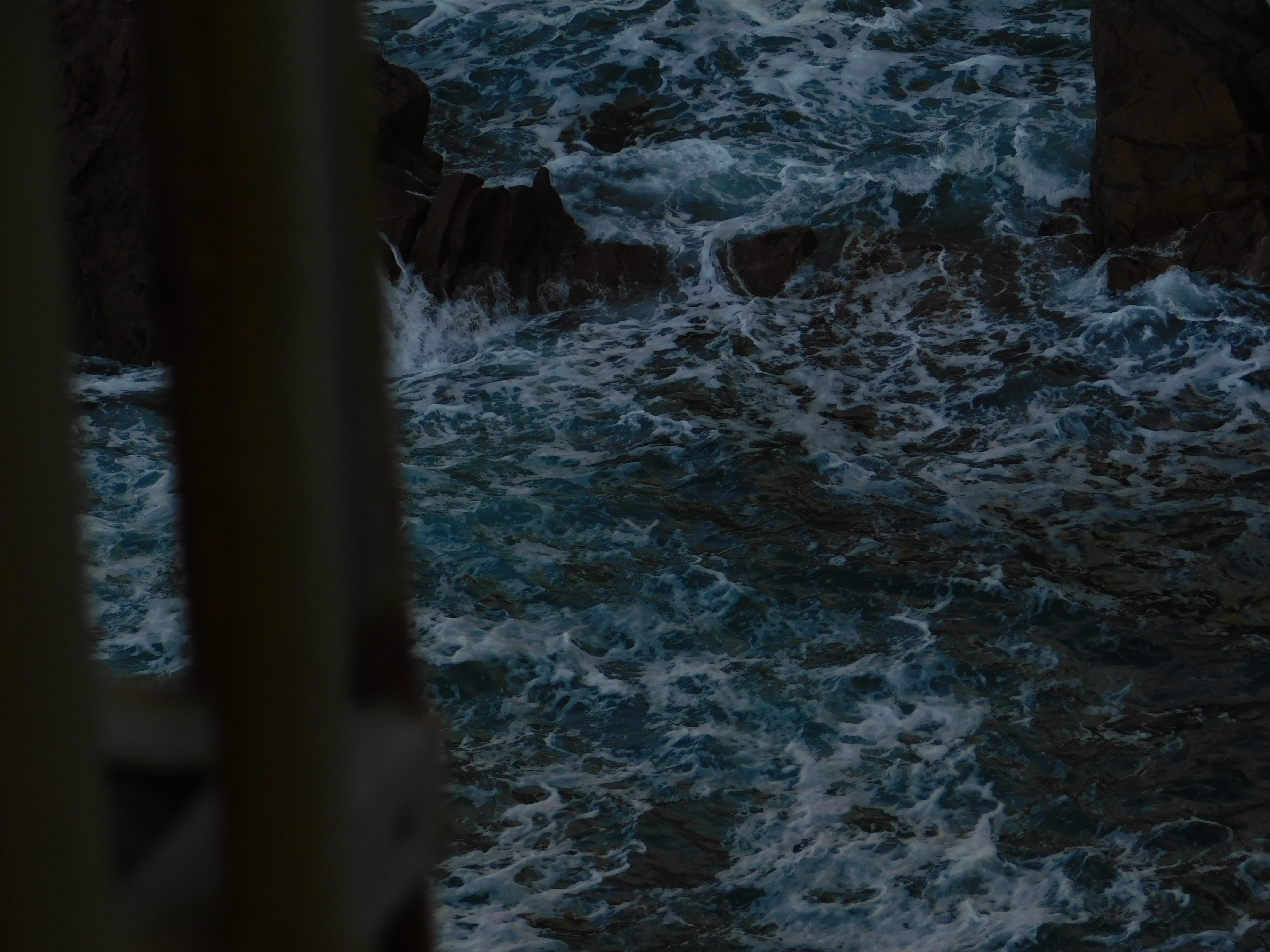

 In each photo, I have experimented with different ways of emphasizing the sea and making it the subject. I have desaturated rocks, altered the white balance and enhanced blues across every picture in order to capture the vividness of the sea as well as its beauty.
In each photo, I have experimented with different ways of emphasizing the sea and making it the subject. I have desaturated rocks, altered the white balance and enhanced blues across every picture in order to capture the vividness of the sea as well as its beauty.
Focus and depth of field- Explained
Depth of field is the distance about the plane of focus, where objects appear acceptably sharp in an image. Although an optical imaging system can precisely focus on only one plane at a time, the decrease in sharpness is gradual on each side on the plane of focus, so that within the depth of focus the unsharpness is imperceptible under normal viewing conditions.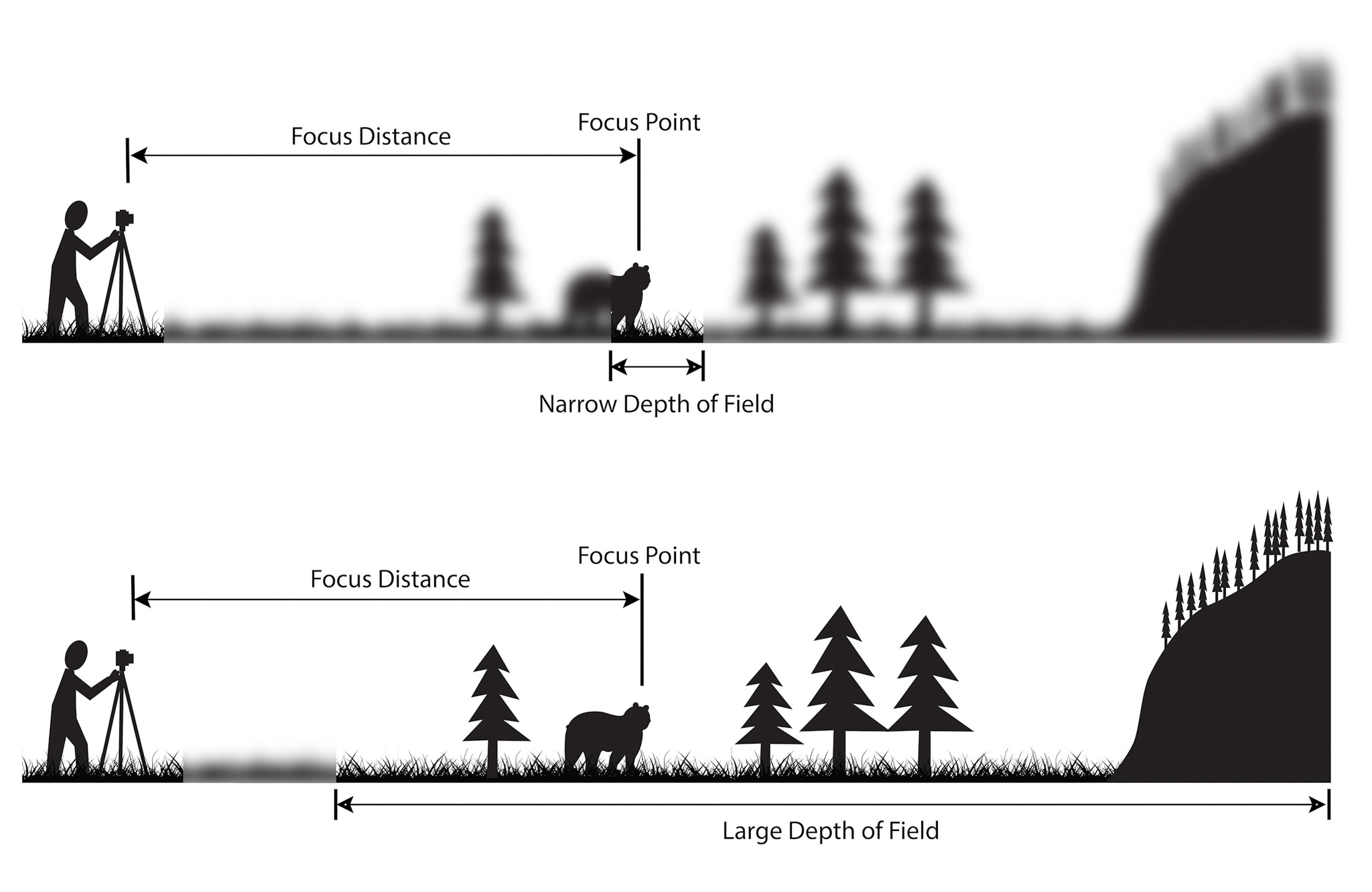 Many photographers have used Depth of field to create a certain type of mood or effect for the photo that they are taking.
Many photographers have used Depth of field to create a certain type of mood or effect for the photo that they are taking.
Many of these photographers include:
Ralph Eugene Meatyard- Meatyard mainly experimented with various strategies including multiple exposures, motion blur and other methods of photographic abstraction. Two of Meatyards series were mainly focused on Depth of field, with both stretching the expressive potential of photography and film when looking within the ordinary world.
Here is some of his work, named ‘Zen Twigs’ 
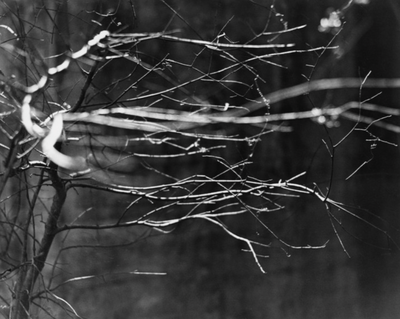 I really like these 2 photos as the dramatic use of the black and white gives the photo a spooky and eerie tone and effect, but also due to the leafless branches and the way that they stand out and creep out of the frame makes it seem alive-like. The use of the black and white effect makes the photograph have a colder atmosphere making it seem like the photo was taken in the middle of winter, giving it a cold and shivery feeling.
I really like these 2 photos as the dramatic use of the black and white gives the photo a spooky and eerie tone and effect, but also due to the leafless branches and the way that they stand out and creep out of the frame makes it seem alive-like. The use of the black and white effect makes the photograph have a colder atmosphere making it seem like the photo was taken in the middle of winter, giving it a cold and shivery feeling.
Albert Renger-Patzsch
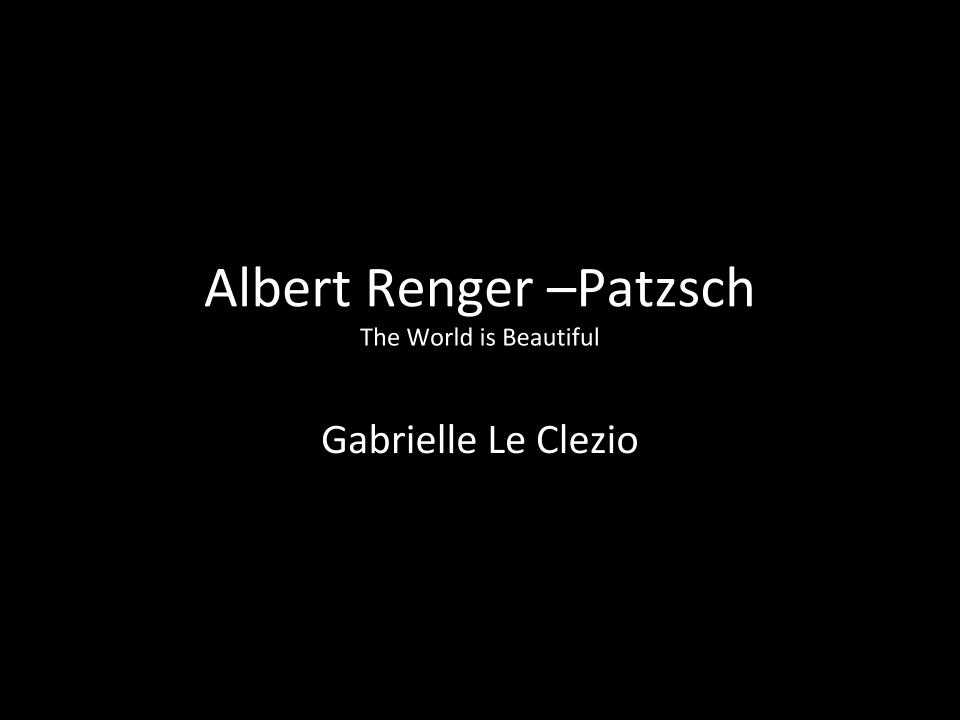
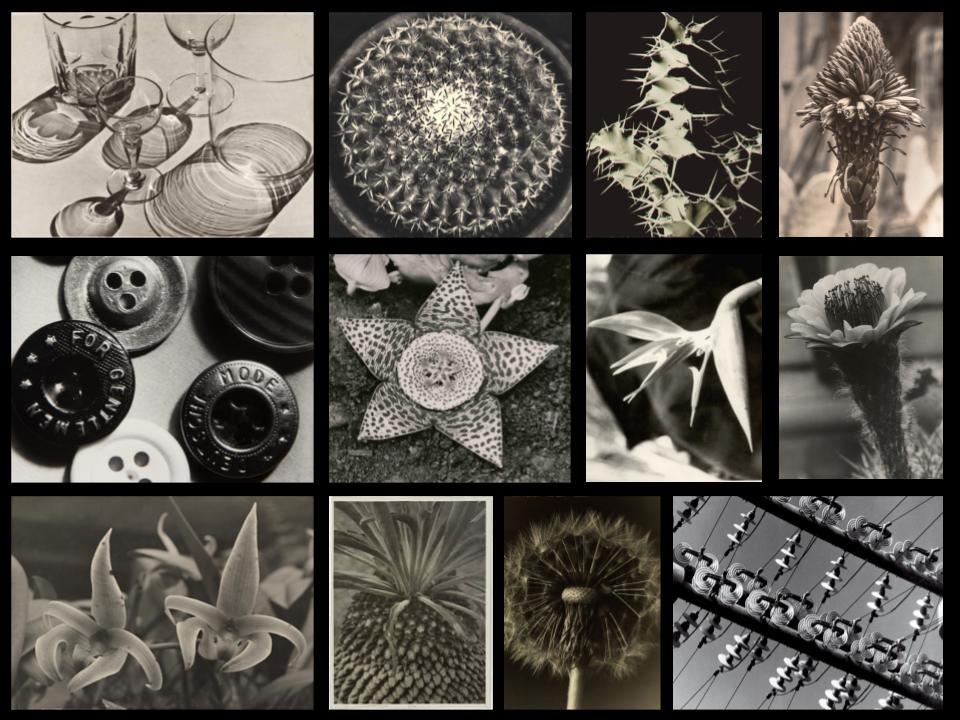

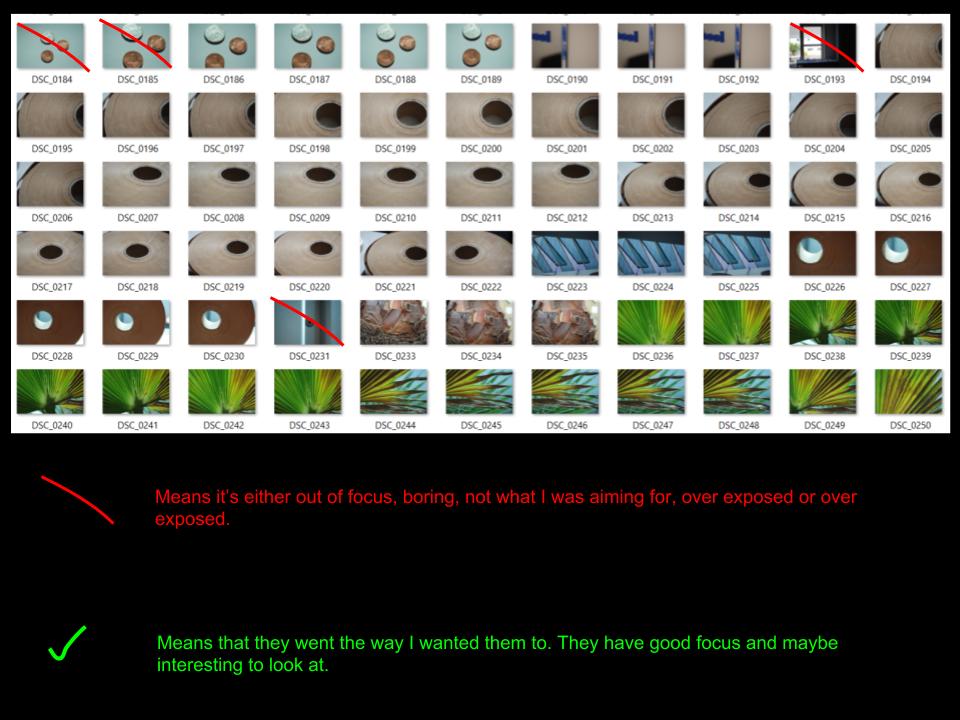






Albert Renger-Patzsch
Albert Renger-Patzsch(1897-1966) was born in Würzburg, Germany. He lived and and worked in Essen and Wamel, Germany.
German photographer Albert Ranger-Patzsch was a ground breaking figure in the New Objective movement, which was made to engage with the world and people in it as much as possible.
Moving away form the ideals and subjects that are highly prized of a previous generation, Neue Sachlichkeit (New Objectivity) emerged as a trend in German art, architecture and literature in the 1920s. Applying this attitude to the field of photography, Renger-Patzsch adopted the camera’s ability to produce a direct visual recording of the world. ‘There must be an increase in the joy one takes in an object, and the photographer should be fully conscious of the splendid fidelity of reproduction made possible by his technique’, he wrote.
This selection reflects the range of subjects that Renger-Patzsch would always come back to throughout his career. It includes his early wildlife and botanical studies, images of traditional craftsmen, formal studies of mechanical equipment, commercial still lifes, and landscape and architectural studies. His images of the Ruhrregion, where he moved in 1928, document the industrialisation of the area in an extreme amount of detail. All of his work demonstrates his continued interest in the camera’s capability to capture to the beauty and complexity of the modern worl
Paper Photo shoot Contact sheet
 This is my second time using a contact sheet to create ideas for final photographs. I have used the same colours as I did last time to show my final choices and my thought process.
This is my second time using a contact sheet to create ideas for final photographs. I have used the same colours as I did last time to show my final choices and my thought process.
I was very unhappy with the turnout of this photoshoot, as when I had a closer look there are loads of problems which I don’t like. As you will see from this there are loads of red crosses due to the unhappiness of my photography.
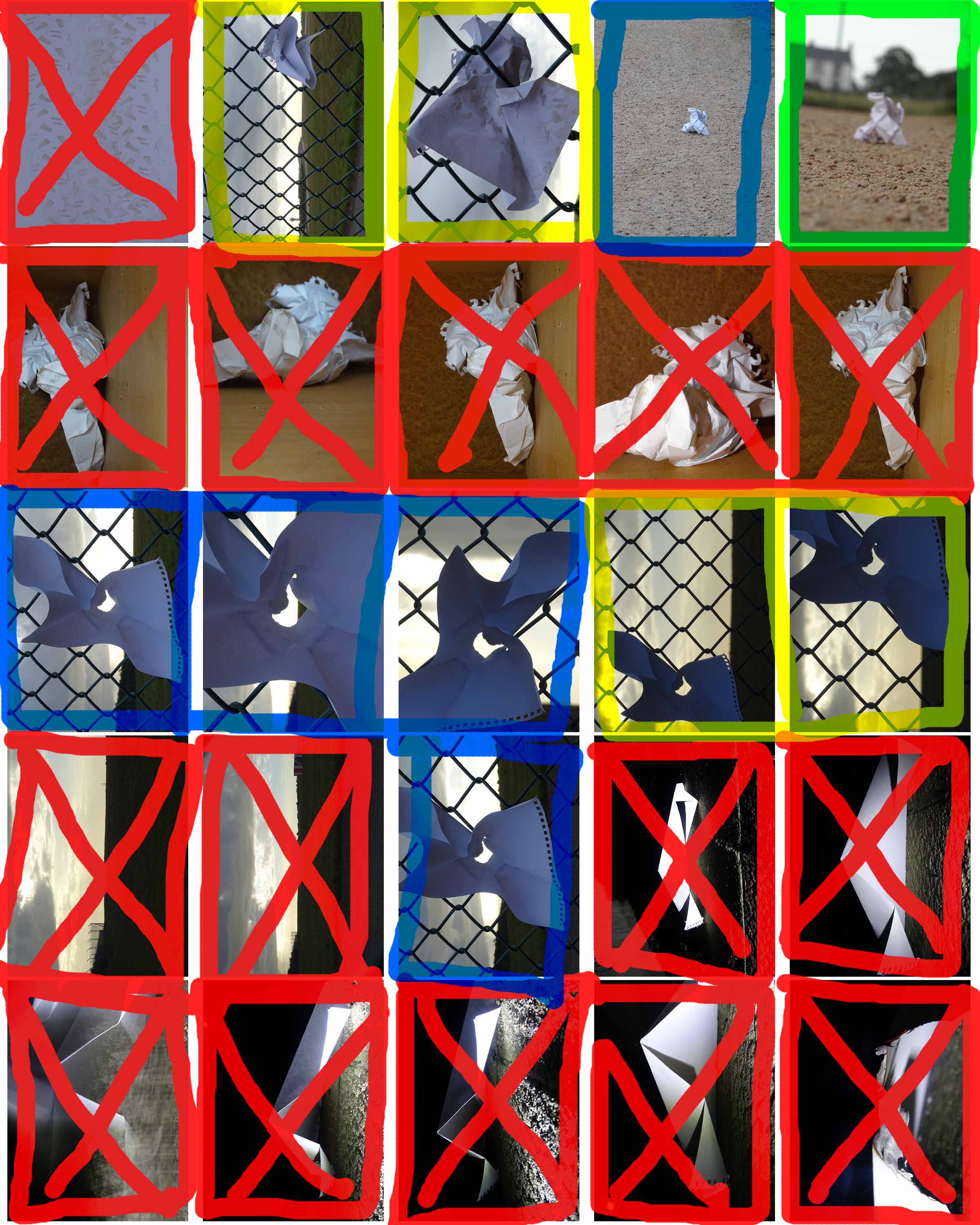
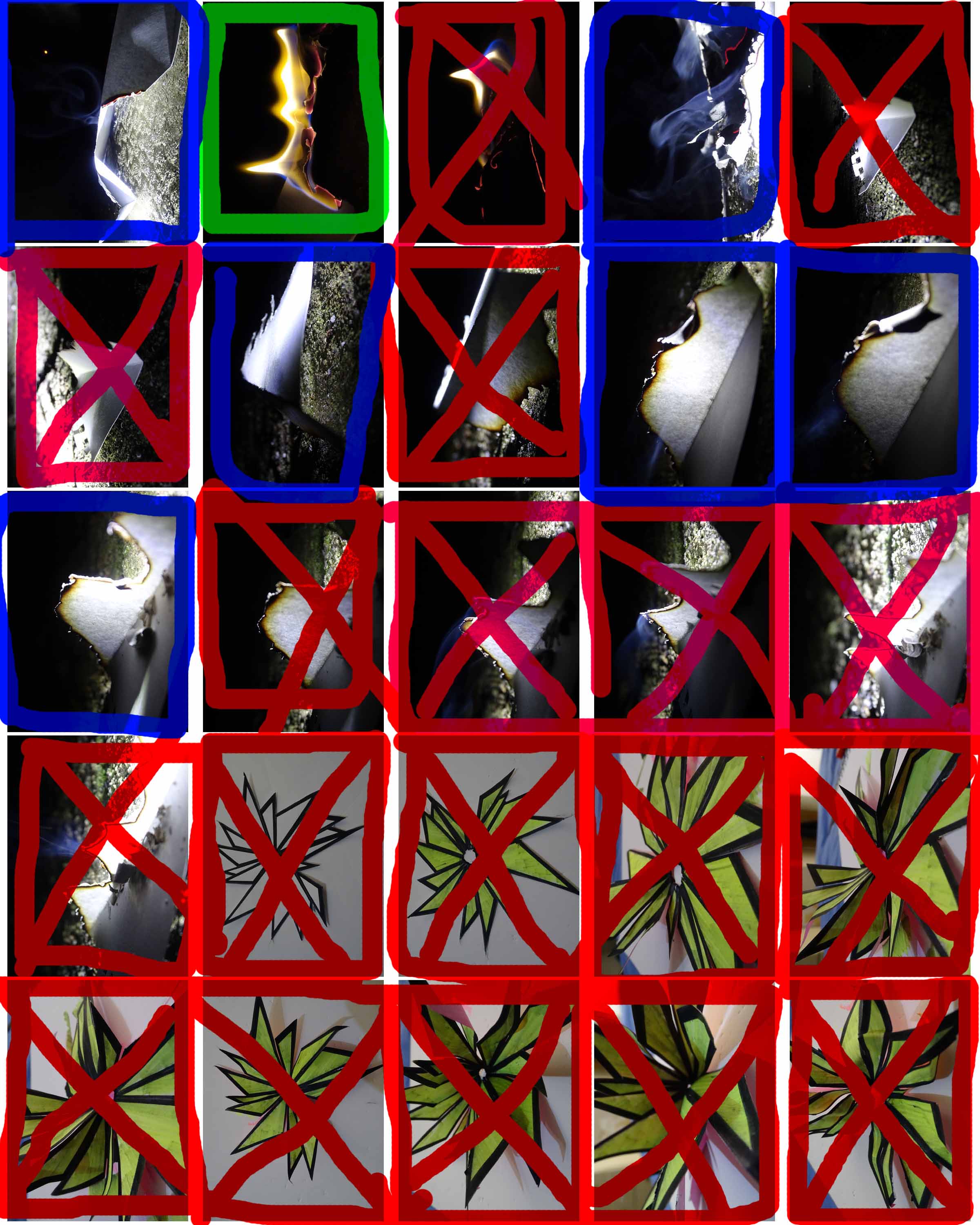

Photoshop Skills
Original Image

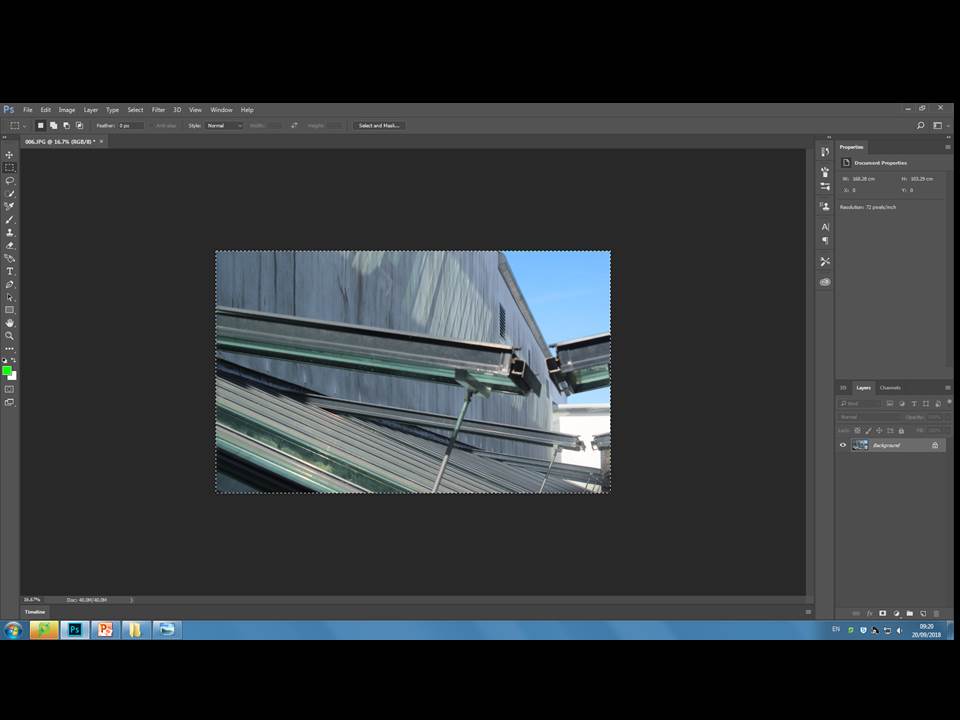
- To begin with I cropped the image down to get rid of the blurred edges that where caused by the window frame. This left me with a clear image of the structure.
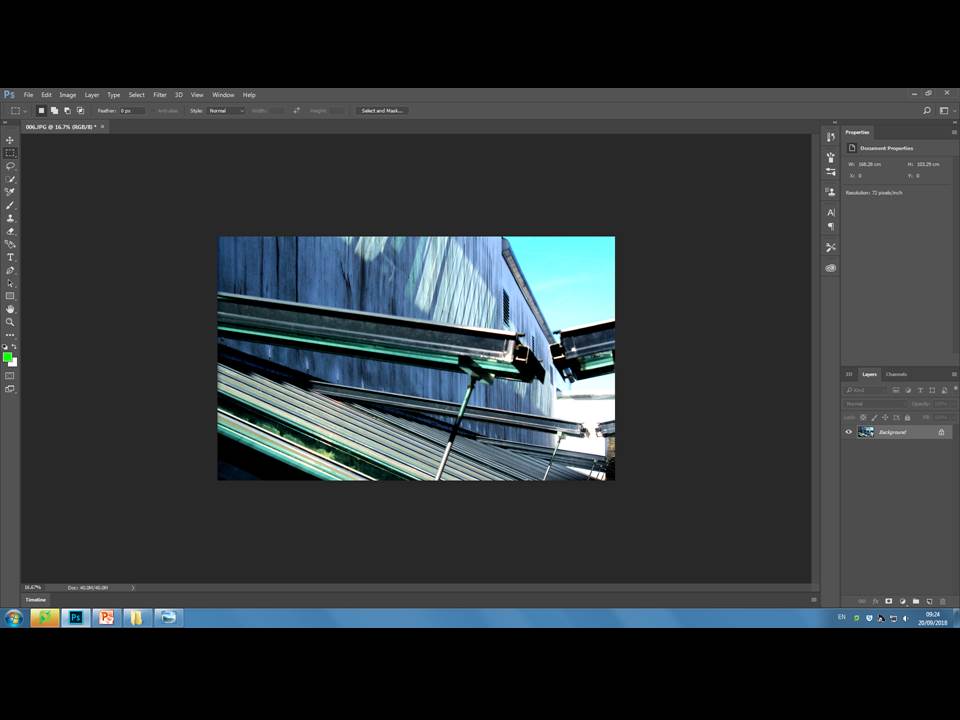
- My next step was to adjust the image while it was in colour, I adjusted the contrast to make the colours more vibrant and I also adjusted the exposure to capture the light in the right corner of the image more vividly.

- Next I cropped out one of the structural lines and duplicated this into another layer and then proceeded to do this again. I did this to create a more geometric abstract image.

- For my final step I edited the separate colour vibrancy in the blues and cyan’s I did this to make my photograph more vibrant and to pop.
Final Image
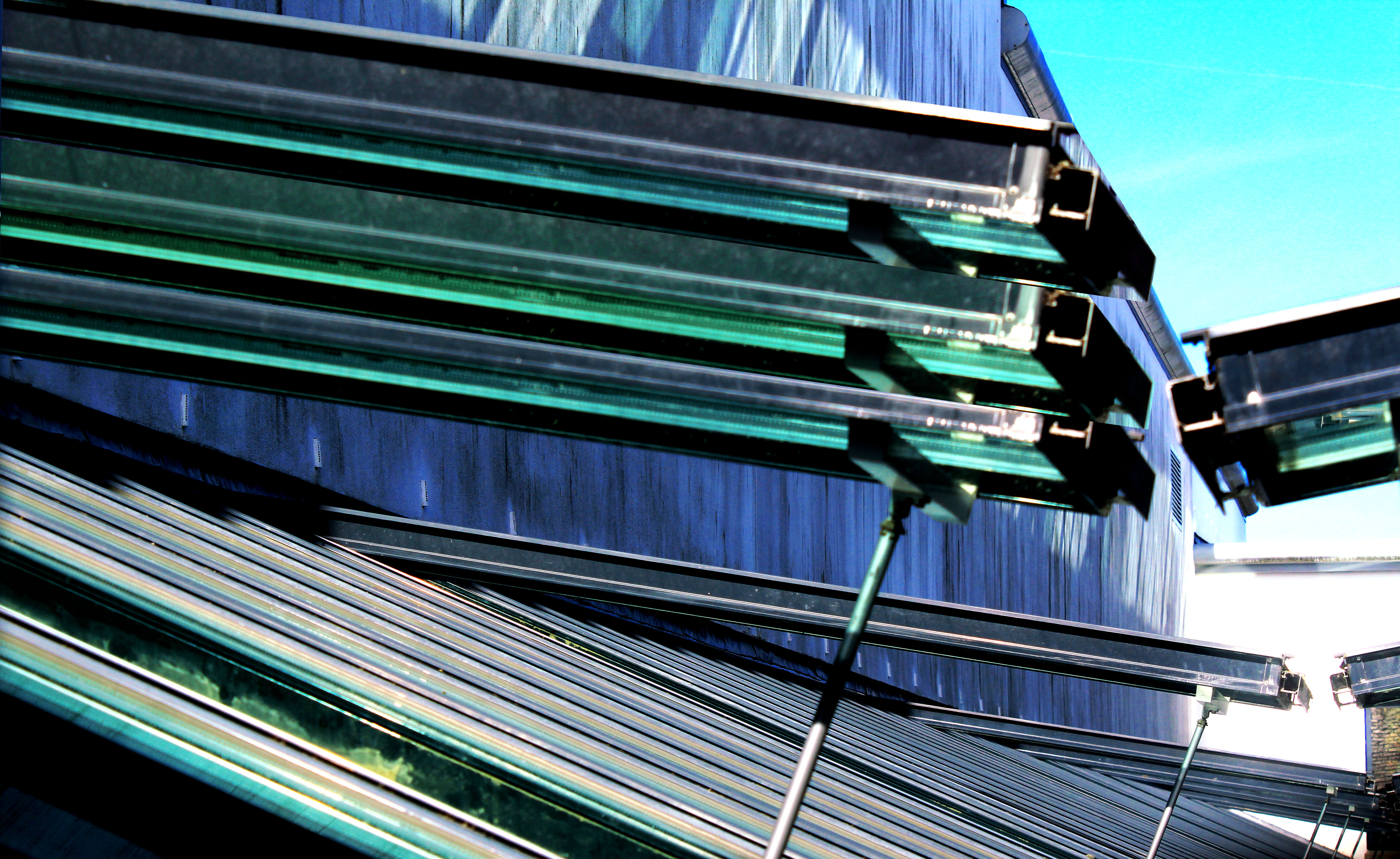
White Balance
White balance is a setting on the camera that interprets the colour in the scene. There are different options when using white balance which include, auto, tungsten, fluorescent, daylight, cloudy and flash. They all produce different colour in the same photo.
Here in these photo gallery I have photographed the same scene but in different white balance settings. I photographed the same object inside and outside, this enabled me to change the settings on the camera to get the right aperture so the photo wasn’t too bright or dark.
Here in these 2 photo gallery’s I have photographed my object inside and outside, but changing the white balance settings too see how it affected the photo. I can see that certain settings bring out more colour than other, for example some of the photos are more orange than other and some are more blue.
Inside Photos
Outside photos
Inside Photos
Outside Photos
When photographing outside I had to change the shutter speed, so the photo would let less light into it, otherwise the photo would be too bright. Increasing the shutter speed results in the photo letting less light into the photo, the shutter speed is normally increased when outside because of the sun light and different tones around you.
Week 4 | Camera Skills | Editing | Analysing images
Lesson 1
- Check homework # 3 is complete and uploaded.
- Complete Case Study on Albert Renger-Patszch / New Objectivity
Lesson 2 :
- Camera Skills (focus control, depth of field, focal length)
- Photoshop skills
Lesson 3:
- Camera Skills (ISO / WB / Exposure settings)
- Photoshop skills
Lesson 4:
- Complete blog posts on camera skills / photoshop skills
- Analysis skills (look at key example)


Click this PDF link for a range of resources and that we will be exploring to help you generate new and different ideas whilst learning what ABSTRACT PHOTOGRAPHY can be and how to use your camera and adapt your photographs…
AS Photography UNIT 1 resources
Camera Skills
You must experiment with ease of these skill areas and produce a blog post on each that includes evidence of your experiments and successes…
The images should be of an abstract nature, and show an appreciation of abstract qualities such as line, shape, colour, form, texture, pattern, repetition, symmetry
- Using Auto-Focus
- Using Manual Focus
- Using focus points
- White Balance
- ISO
- Aperture
- Focal Length
- Depth of Field
- Fast / Slow Shutter Speed
Photoshop Skills
- Cropping
- Selections
- Adjustments and corrections
- Transforming an image
- Layer control
- Image size / canvas size
- Double exposures
- Opacity control
- Blending layer / options
Working towards a vision…
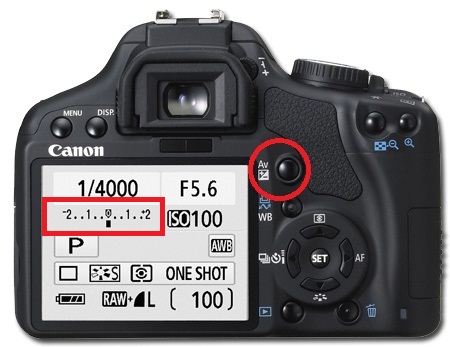
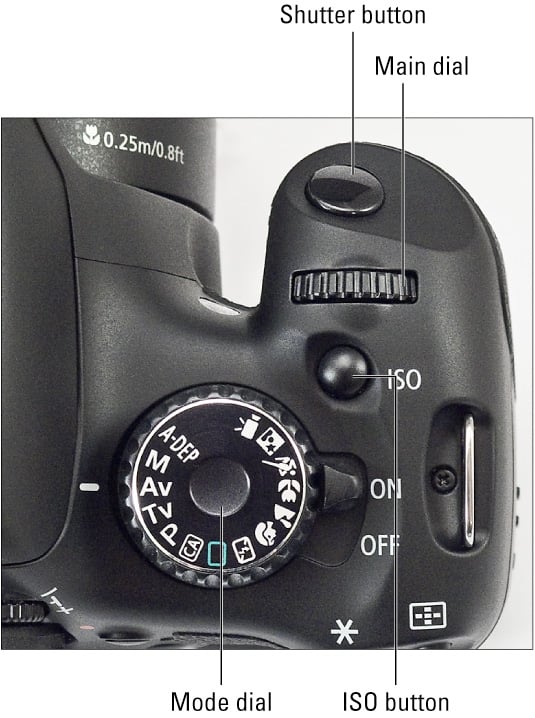
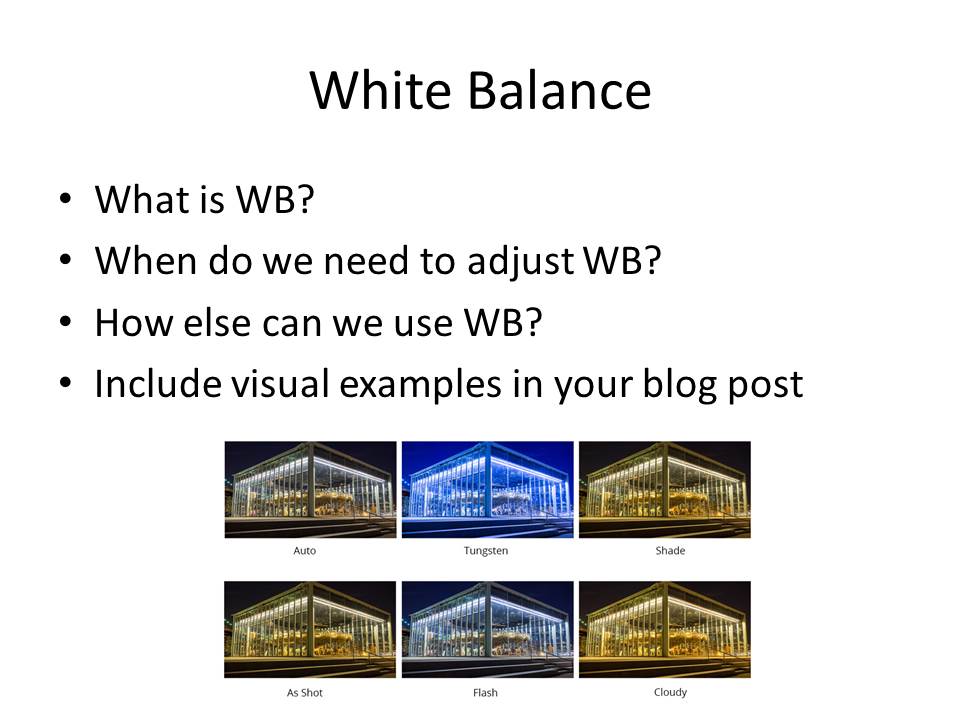
Use this method to analyse key images


Rule of Thirds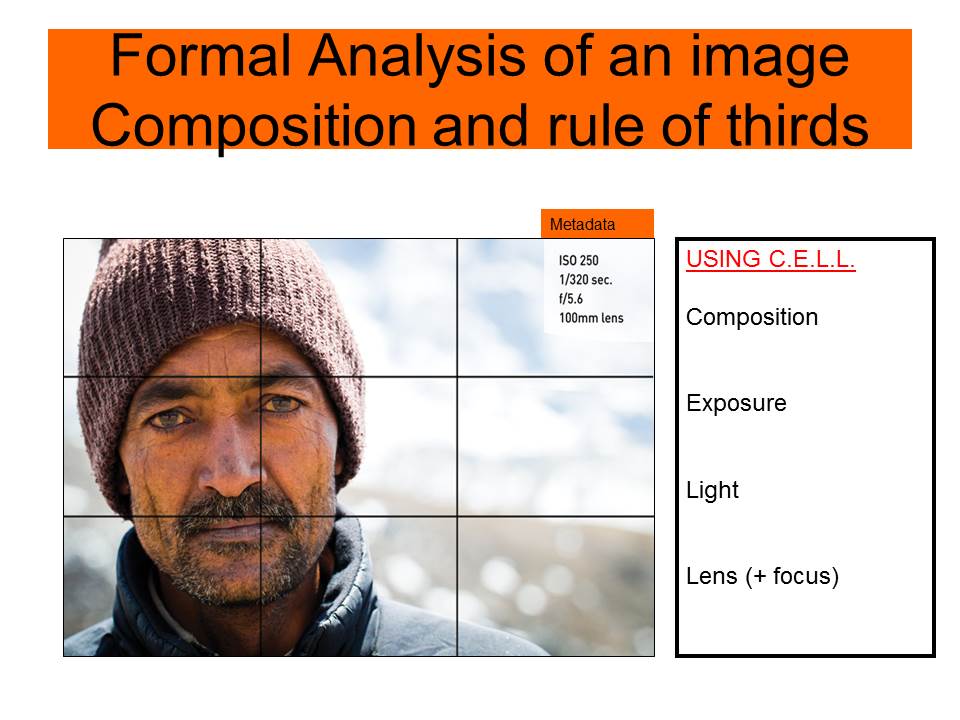
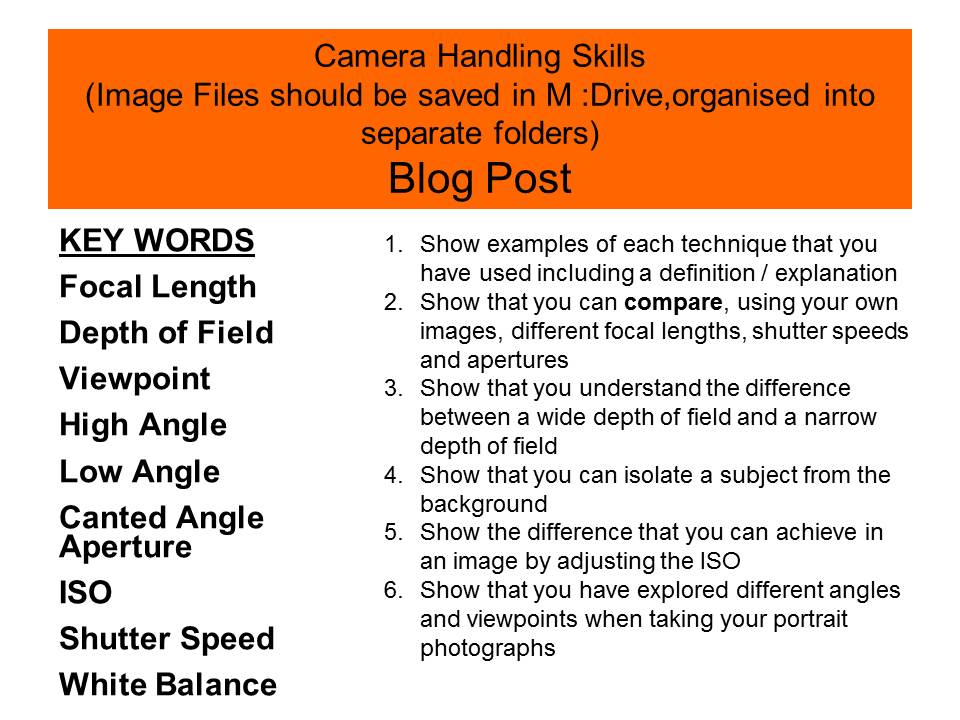
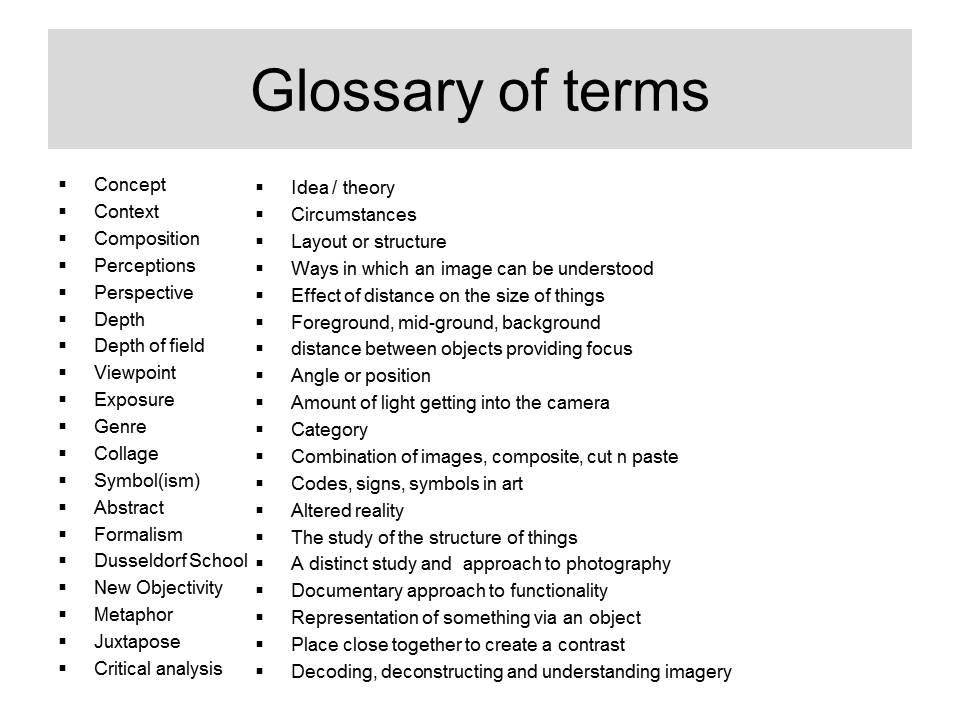
James WellingAlthough these images, entitled ‘Abstract Photographs‘ resemble sheets of paper they are, in fact, made from filo (phyllo) pastry dough. The artist explains: “A lot of my work is intuitive and comes from just trying different things. With the money from the sale of my first aluminum foil photograph, I bought a wooden 8-by-10 camera and started photographing draped cloth. At the same time I was also photographing crumpled shards of dry phyllo dough. Without much premeditation, I combined the two, and sprinkled dough on the draped cloth. Against the dark fabric, the dough suggested, perhaps, torn book pages from the diary I’d photographed, or geological debris fallen from above.” Welling has also experimented with other unlikely materials such as tinfoil, gelatin and ceramic tiles.
|
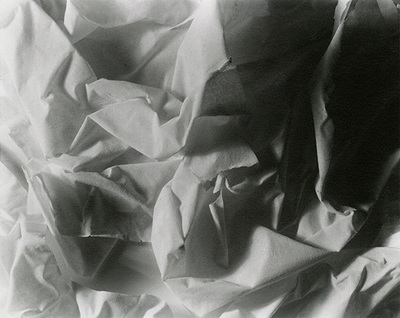
Brendan AustinBrendan Austin creates imaginary landscapes out of crumpled pieces of paper. He calls them ‘Paper Mountains‘. Austin examines what we mean by nature and the way humans have impacted upon it. “The isolated desert city running on oil generators, the mars like landscapes of a volcanic environment and the mountains made from paper all attempt to start a conversation concerning the loss of meaning and reality.” The resulting images appear both recognisable as landscapes but also suggest a sense of artifice. Humble materials are made to carry an important message.
|
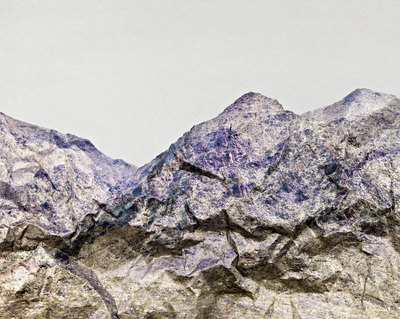
Example instructions
You could:
- Research the history of abstraction in photography. Check out the images on this Pinterest board. Watch this video discussion about the history of abstraction in photography. Watch this vodcast which explores some famous and not so famous examples of photographic abstraction.
- Write a short introduction explaining your understanding of abstraction in photography.
- Choose a quotation that helps you to think about the meaning of abstraction in art and photography.
- Find your own resources and document them on your web page or in your book with a description of what you have learned from them.
- Create a series of Galleries featuring the work of Francis Bruguière, Jaroslav Rössler, Vjeko Sager, Jerry Reed, Tamara Lorenz and James Welling including your understanding of their work in the context of abstraction.


